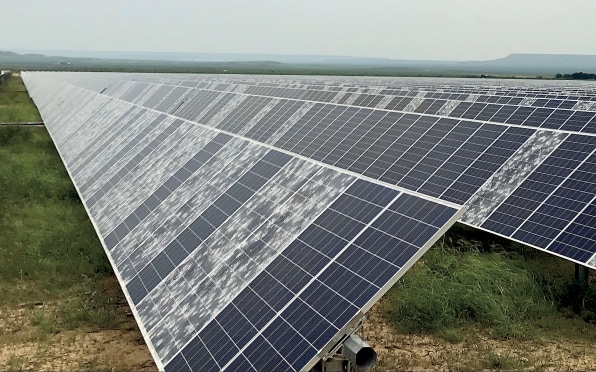Extreme weather conditions can pose challenges to solar panels and the overall performance of solar power systems. Here are some of the challenges associated with different types of extreme weather:
- High Temperatures:
- Challenge: High temperatures can lead to an increase in the operating temperature of solar panels, reducing their efficiency. Excessive heat can also accelerate the aging of materials and decrease the overall lifespan of the panels.
- Mitigation: Proper ventilation and cooling mechanisms, such as air gaps between panels and the mounting surface, can help dissipate heat. Selecting solar panels with good temperature coefficients can also mitigate efficiency losses in high temperatures.
- Low Temperatures (Freezing Conditions):
- Challenge: Extremely low temperatures can lead to freezing conditions, potentially causing damage to the solar panels if water accumulates and expands as it freezes.
- Mitigation: Solar panels are typically designed to withstand freezing conditions, but proper installation and design considerations can help prevent water accumulation. In some cases, anti-icing coatings or heating elements may be used.
- Hailstorms:
- Challenge: Hailstorms can cause physical damage to solar panels, leading to cracks or breakage of the photovoltaic cells.
- Mitigation: Using tempered glass or other impact-resistant materials for solar panels can help minimize damage. Installing protective measures, such as hail guards or screens, can provide an additional layer of defense.
- Wind:
- Challenge: Strong winds can exert force on solar panels and their support structures, potentially leading to mechanical failure or detachment.
- Mitigation: Properly designed and engineered mounting structures, along with secure installation, can help resist wind forces. Regular inspections and maintenance are essential to ensure the structural integrity of the system.
- Dust and Debris:
- Challenge: Accumulation of dust, dirt, or debris on solar panels can reduce sunlight absorption and, consequently, decrease energy production.
- Mitigation: Regular cleaning and maintenance are crucial to prevent the buildup of dust and debris. In some cases, rain may naturally clean the panels, but in arid regions, manual cleaning may be necessary.
- Snow Accumulation:
- Challenge: Heavy snowfall can accumulate on solar panels, blocking sunlight and reducing energy production. Additionally, the weight of snow can strain mounting structures.
- Mitigation: Proper panel tilt angles and slippery surfaces can facilitate snow shedding. In some cases, mechanical systems or heated panels can be used to melt snow and prevent accumulation.
- Lightning:
- Challenge: Solar panels and their associated electrical systems can be vulnerable to lightning strikes, potentially causing damage to the panels or other components.
- Mitigation: Lightning protection systems, including surge arrestors and grounding, can help mitigate the risks associated with lightning strikes.
- Saltwater Exposure (Marine Environments):
- Challenge: Solar panels in marine environments may be exposed to saltwater, leading to corrosion of materials and reduced performance.
- Mitigation: Using corrosion-resistant materials and coatings, as well as regular cleaning and maintenance, can help protect solar panels in marine environments.
It’s important for solar power systems to be designed and installed with consideration for the specific weather conditions of the location. Regular inspection, maintenance, and the use of appropriate materials and technologies can help mitigate the impact of extreme weather on solar panels and ensure the long-term reliability of the system.


